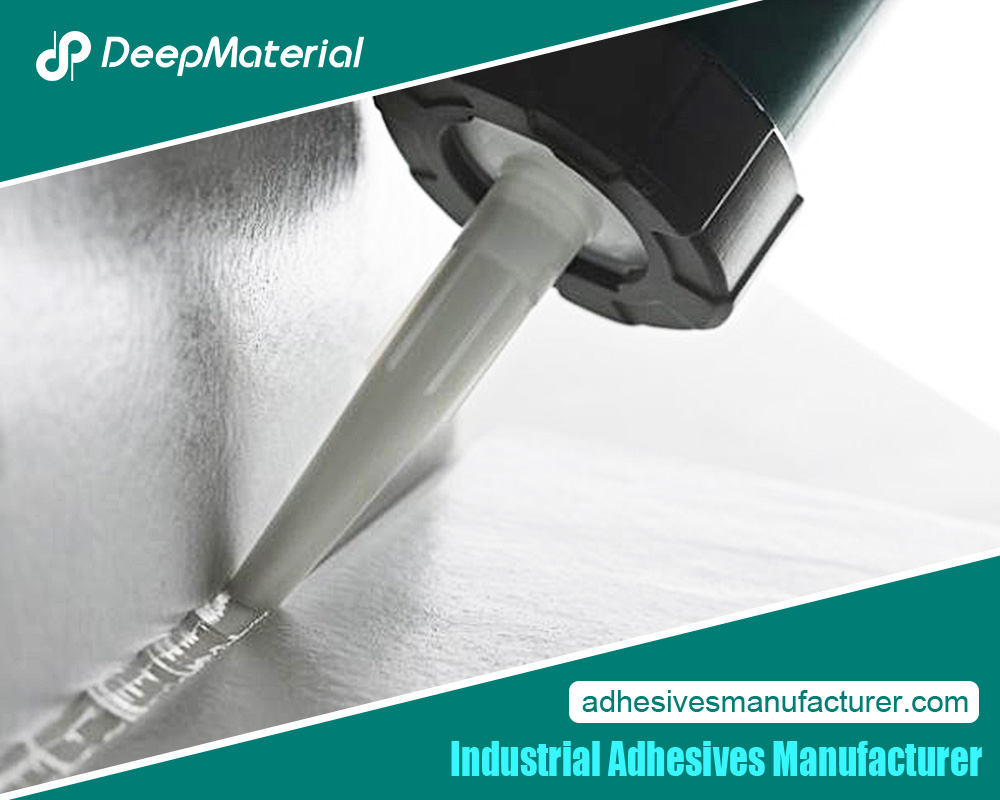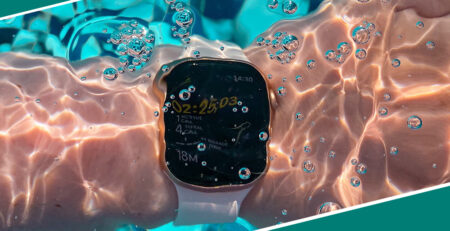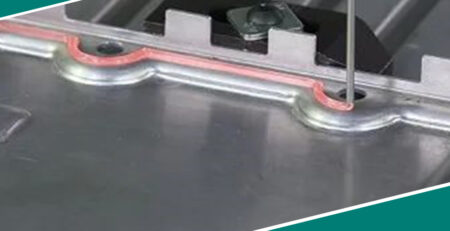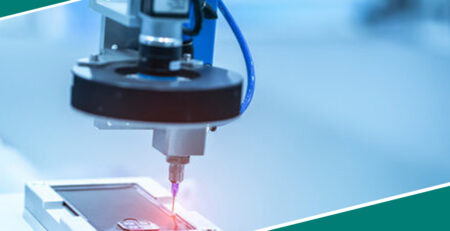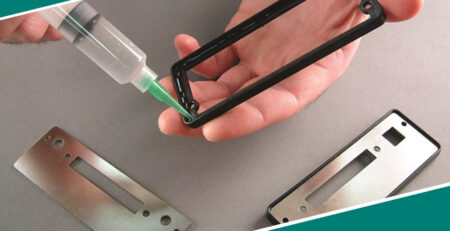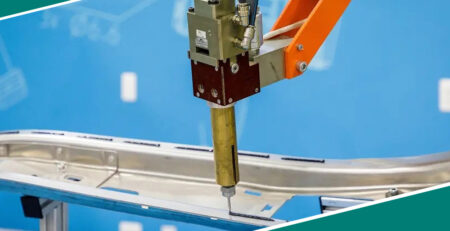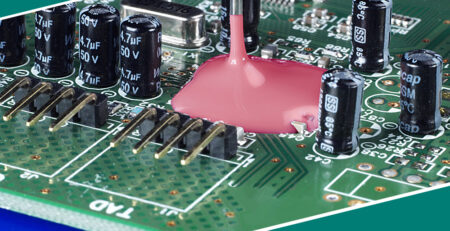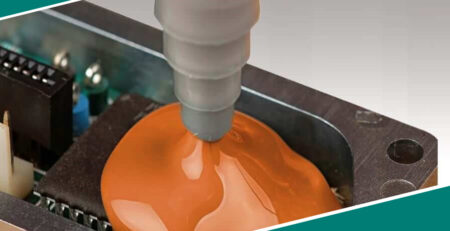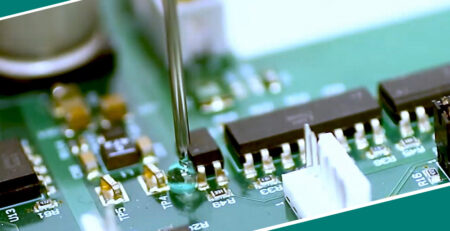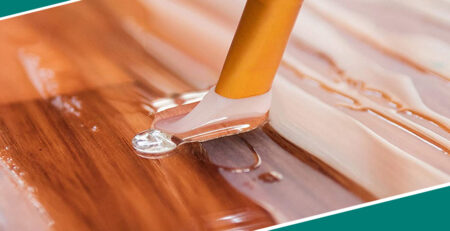The Versatility and Advantages of Metal Bonding Adhesives: A Comprehensive Guide
The Versatility and Advantages of Metal Bonding Adhesives: A Comprehensive Guide
Metal bonding adhesives are specialized substances designed to bond metal surfaces together. Unlike mechanical fasteners or thermal bonding techniques, these adhesives create a chemical bond between the surfaces, ensuring a strong and durable connection. The use of metal bonding adhesives spans various industries, including automotive, aerospace, electronics, and construction, where high-strength and precision bonding are critical.
Types of Metal Bonding Adhesives
Metal bonding adhesives come in several types, each with distinct properties and applications. Understanding the differences is crucial for selecting the suitable adhesive for a specific task.
Epoxy Adhesives
- Strength and Durability: Epoxy adhesives are known for their exceptional strength and durability. They are often used in applications requiring long-lasting bonds that withstand harsh environments.
- Versatility: These adhesives can bond a wide range of metals, including aluminum, steel, and copper, making them versatile for various industrial applications.
- Curing Process: Epoxy adhesives typically require a curing process, which can be accelerated by heat. This process ensures a solid and permanent bond.
Acrylic Adhesives
- Fast Curing: Acrylic adhesives are famous for their fast curing times, often bonding within minutes. This makes them ideal for high-speed manufacturing processes.
- Surface Preparation: While they require minimal surface preparation, they provide strong bonds, even on slightly oily or unclean surfaces.
- Impact Resistance: These adhesives offer good impact resistance, making them suitable for applications where parts may be subject to stress or vibration.
Polyurethane Adhesives
- Flexibility: Polyurethane adhesives are highly flexible, allowing them to absorb shocks and vibrations without compromising the bond’s integrity.
- Environmental Resistance: They resist moisture, chemicals, and temperature fluctuations, making them suitable for outdoor and marine applications.
- Bonding Variety: These adhesives can bond different types of materials, including metals, plastics, and glass, which is beneficial in composite structures.
Silicone Adhesives
- Temperature Resistance: Silicone adhesives can withstand extremely high and low temperatures, making them ideal for applications in harsh environments.
- Elasticity: They remain flexible even after curing, which is essential in applications requiring movement, expansion, and contraction of bonded parts.
- Sealant Properties: In addition to bonding, silicone adhesives act as effective sealants, providing adhesion and protection against environmental factors.
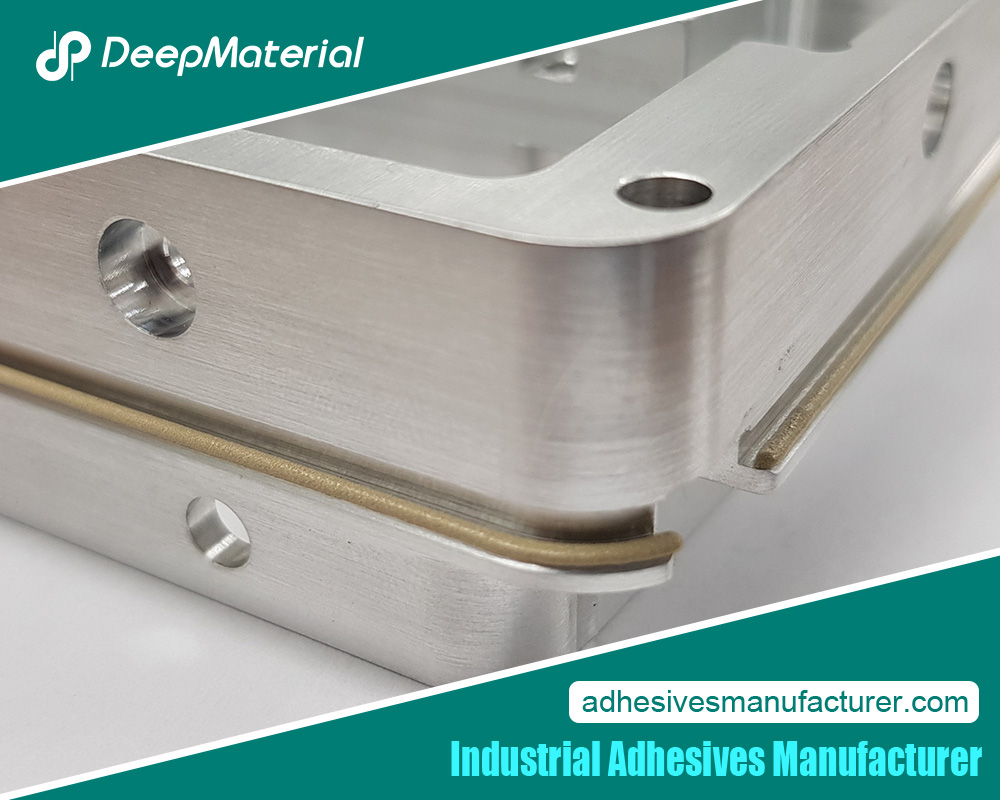 Advantages of Metal Bonding Adhesives Over Traditional Methods
Advantages of Metal Bonding Adhesives Over Traditional Methods
Their numerous advantages over traditional bonding methods drive the growing popularity of metal bonding adhesives. Here’s why industries are increasingly turning to adhesives for metal bonding:
Enhanced Design Flexibility
- No Need for Mechanical Fasteners:Adhesives eliminate the need for screws, bolts, and other mechanical fasteners, allowing for cleaner and more aesthetically pleasing designs.
- Joining Dissimilar Metals:Adhesives can bond different types of metals without causing galvanic corrosion, which is often a concern with mechanical fasteners.
- Weight Reduction:By removing the need for heavy fasteners, adhesives contribute to the overall weight reduction of assemblies, which is crucial in automotive and aerospace applications.
Improved Stress Distribution
- Uniform Load Distribution: Adhesives distribute stress evenly across the bonded area, reducing the likelihood of stress concentrations that can lead to part failure.
- Vibration Damping: Some adhesives’ flexible nature helps dampen vibrations, which is particularly beneficial in applications involving dynamic loads.
Corrosion Resistance
- Sealing Properties: Adhesives can seal joints, preventing moisture and contaminants from penetrating the bond line, thus reducing the risk of corrosion.
- Material Compatibility: Choosing the suitable adhesive allows bonding metals without inducing galvanic corrosion, a common issue with mechanical fasteners.
Simplified Manufacturing Processes
- Faster Assembly: Adhesives can significantly reduce assembly times compared to welding or riveting, especially in high-volume production environments.
- Reduced Need for Post-Treatment: Many adhesives require minimal surface preparation and no post-treatment, simplifying the manufacturing process.
- Lower Energy Consumption: Unlike welding, which requires high temperatures, adhesive bonding typically occurs at lower temperatures, saving energy.
Typical Applications of Metal Bonding Adhesives
The versatility of metal bonding adhesives makes them suitable for various applications. Below are some of the most common uses across different industries:
Automotive Industry
- Structural Bonding:Metal bonding adhesives assemble vehicle bodies, providing solid and lightweight bonds that contribute to overall vehicle safety and performance.
- Panel Bonding: These adhesives are also used to bond panels and other components, reducing the need for welding and mechanical fasteners, thus improving fuel efficiency and reducing manufacturing costs.
- Noise, Vibration, and Harshness (NVH) Reduction: Adhesives are vital in reducing NVH levels in vehicles by dampening vibrations and sealing gaps.
Aerospace Industry
- Aircraft Assembly: Adhesives are used in aerospace to bond metal components in aircraft structures, where weight savings and high strength are critical.
- Composite Structures: Metal bonding adhesives are also used to bond composite materials to metal, enhancing the performance and longevity of aircraft components.
- Environmental Resistance: Certain adhesives’ resistance to extreme temperatures and harsh environments makes them ideal for aerospace applications, where components are often exposed to severe conditions.
Electronics Industry
- Heat Dissipation: Metal bonding adhesives are used in electronics to bond heat sinks to components, aiding in effective heat dissipation and ensuring the longevity of electronic devices.
- Miniaturization: As electronic devices become smaller, adhesives allow for precisely bonding delicate components without the bulk of mechanical fasteners.
- EMI Shielding: Some adhesives provide electromagnetic interference (EMI) shielding, protecting sensitive electronic components from external interference.
Construction Industry
- Facade Bonding: In modern construction, adhesives bond metal panels to building facades, providing a robust and weather-resistant bond that enhances the building’s aesthetic appeal.
- Structural Reinforcement: Metal bonding adhesives are also employed in reinforcing structures, providing additional strength and stability without requiring extensive modifications.
- Sustainability: Using adhesives in construction supports sustainability efforts by reducing the need for heavy, resource-intensive mechanical fasteners.
Factors to Consider When Choosing a Metal Bonding Adhesive
Selecting the suitable metal bonding adhesive is crucial to achieving the desired results in any application. Consider the following factors to ensure optimal performance:
Surface Preparation Requirements
- Cleanliness:Some adhesives require a clean, dry surface for adequate bonding, while others can bond to slightly contaminated surfaces.
- Surface Roughness: The surface texture can affect adhesion; certain adhesives perform better on rough surfaces, while others are designed for smooth finishes.
Curing Time
- Speed of Assembly:Fast-curing adhesives are ideal for high-speed production lines, while slow-curing options may be better for applications requiring precise alignment.
- Environmental Conditions: Consider the temperature and humidity conditions during the curing process, as they can impact the adhesive’s performance.
Environmental Resistance
- Temperature Extremes: Ensure the adhesive can withstand the operational temperature range of the application.
- Chemical Exposure: Choose an adhesive with appropriate chemical resistance for applications involving exposure to chemicals or solvents.
- UV Resistance:UV-resistant adhesives are essential for outdoor applications to prevent degradation over time.
Mechanical Properties
- Shear and Peel Strength: Evaluate the mechanical properties required for the application, including shear and peel strength, to ensure the adhesive can withstand the expected loads.
- Flexibility vs. Rigidity: Based on the movement and stress the joint will experience, determine whether the bond needs to be flexible or rigid.
Cost Considerations
- Material Costs: Compare the cost of the adhesive with other bonding methods, considering both material and application costs.
- Longevity: Consider the long-term durability of the adhesive and potential cost savings from reduced maintenance and repairs.
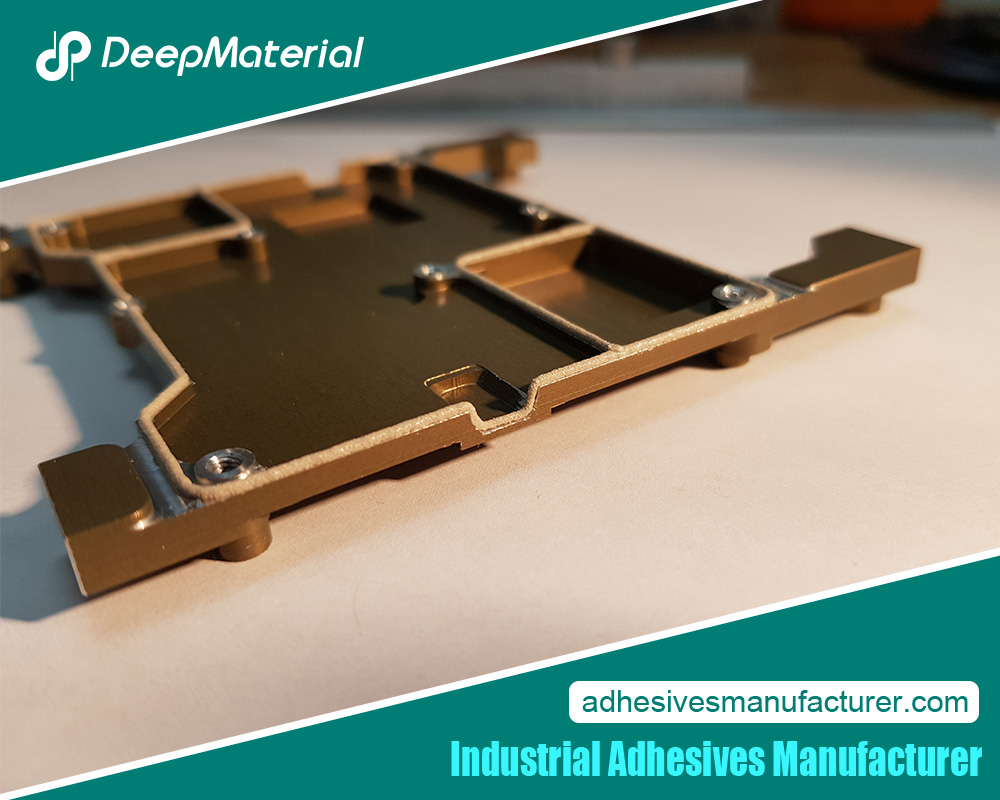 Conclusion
Conclusion
Metal bonding adhesives have revolutionized how industries approach metal joining, offering unparalleled design flexibility, improved stress distribution, and enhanced corrosion resistance. With a wide range of adhesives available, each tailored to specific needs and applications, it is crucial to select the suitable adhesive to ensure optimal performance. As technology advances, we expect to see even more innovative and sustainable solutions in metal bonding adhesives, further expanding their applications and benefits. Whether in automotive, aerospace, electronics, or construction, metal bonding adhesives are indispensable in modern manufacturing and design.
For more about the versatility and advantages of metal bonding adhesives: a comprehensive guide, you can pay a visit to Deepmaterial at https://www.adhesivesmanufacturer.com/ for more info.

